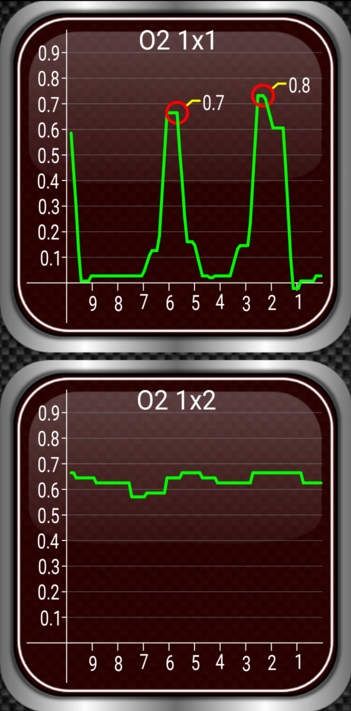I'm getting code P0420 on an '03 Vibe. The rule of thumb is that this means the catalytic converter is gone. Yet the pre- and post- cat O2 signals appear to indicate that the cat is doing its job.
Unfortunately Toyota/GM have designed the entire exhaust manifold as a single piece, a part whose cost exceeds $1000. I'm not sure that pulling an old cat from a graveyard and splicing it in would be worth it. It may not last and the labor cost would be high.
But given the O2 signals shown above, it's not even clear that changing the cat will get rid of the CEL and the code.
What else could be malfunctioning and causing the P0420 code?
Update
To assist SteveMattews (and other helpful folks) I'm adding a picture showing what the post cat O2 sensor and cable look like. The 90-degree angle that the cable makes at the point it enters the chassis indeed looks suspicious.


